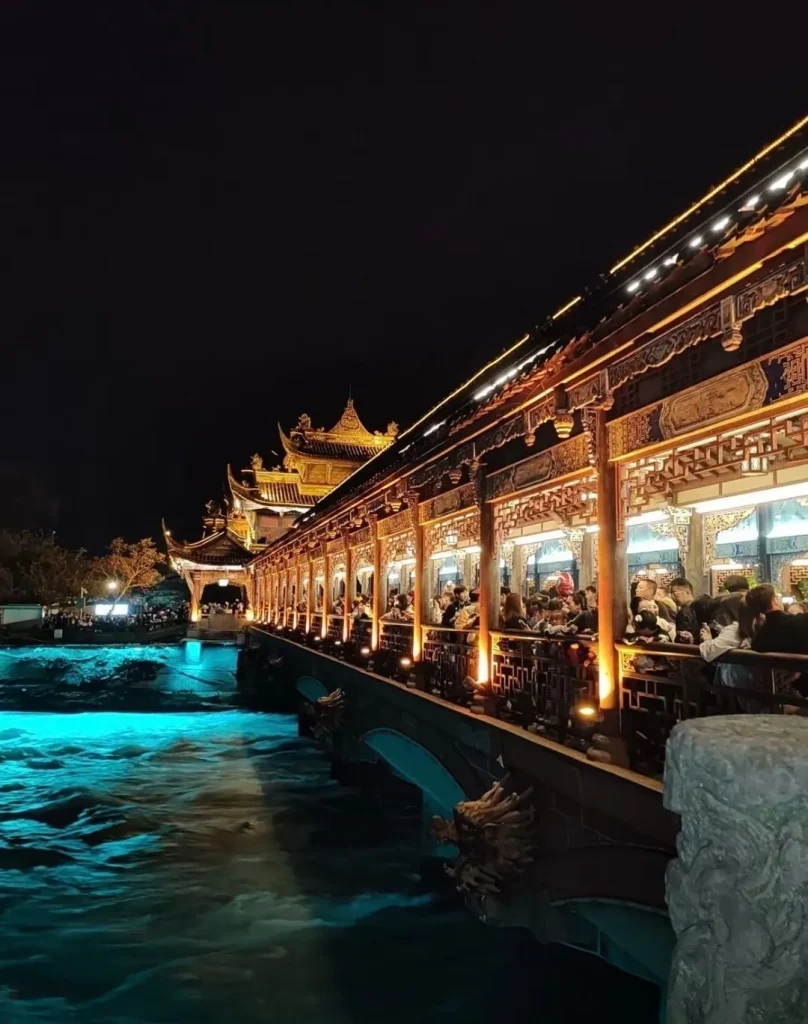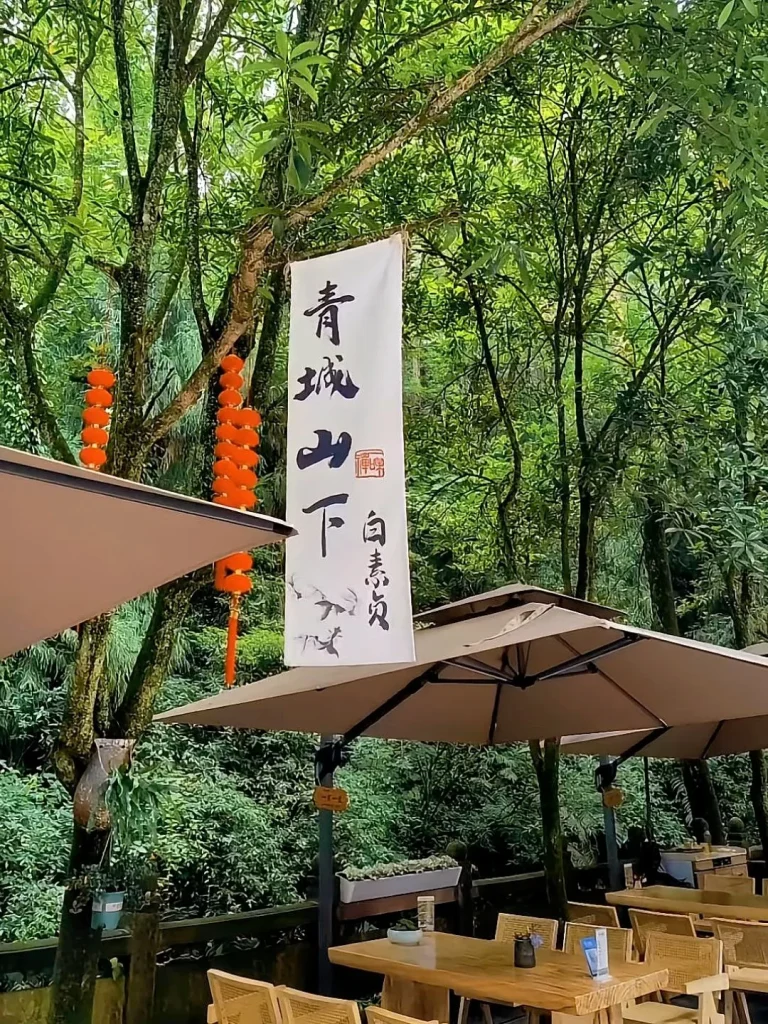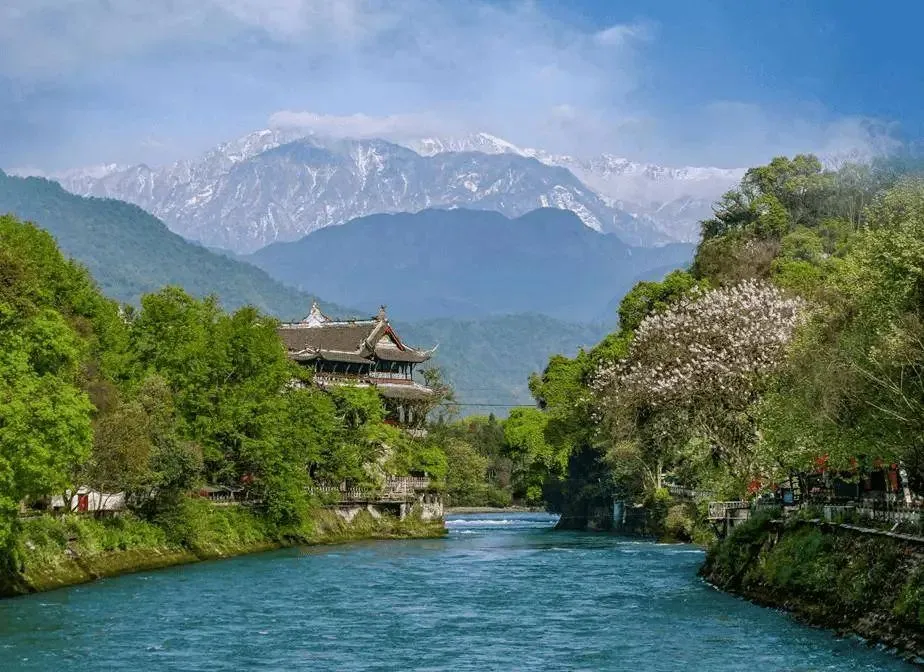Why did I come to Dujiangyan? Before this trip, I only had a vague idea of this place: an ancient hydraulic project and a mystical Taoist mountain. What truly drew me in, though, was the chance to escape the urban clamor and immerse myself in nature and history with my friends. Here, I would get to personally experience the deeper meaning of “paying homage to the waters of Dujiangyan and seeking wisdom on Mount Qingcheng.”

Our travel plan was simple: relax, explore, and enjoy. For a more comfortable journey, we chose a sleeper train. I gradually drifted off to sleep with the rhythm of the train and woke up in a completely new city. This method felt like a ritual, using one night to leave behind our old routines and welcome a fresh adventure.


Upon arriving in Chengdu, we took a Ride-hailing directly to our hotel in Dujiangyan. The small city made a great first impression; it wasn’t bustling with traffic like a big city, but instead felt ancient and peaceful. We stayed in the Ancient City of Guanxian, just a few hundred meters from the Dujiangyan scenic area. The area was filled with delicious food, and at night, we could see the dreamlike “Blue Tears.”
Guanxian Ancient City: Getting Lost in Ancient Charm


After dropping off our bags, I couldn’t wait to head out and explore on my own. My friends were tired from the journey and decided to rest at the hotel. The main attractions of Dujiangyan are the Dujiangyan scenic area and Mount Qingcheng, and transportation is convenient, with both buses and trains easily accessible.

I rented a shared bike and rode through the ancient city. Just outside the city, I saw a street lined with cherry blossoms, where many tourists had stopped to take photos. The city lacks skyscrapers, but everything is orderly and full of an ancient charm that I found particularly comforting.
Dujiangyan: Witnessing an Ancient Engineering Marvel


The Dujiangyan scenic area was much larger than I expected, with several entrances. My friends and I chose to buy tickets and enter the main scenic area. The true greatness of Dujiangyan lies in its perfect blend of natural landscapes and human ingenuity. On one side, there are mountains with ancient Taoist temples; on the other, there is the water, a testament to the wisdom of engineers from over 2,000 years ago.


I followed the recommended route: climbing up to the highest point at Qin-Yan Tower and then descending, passing the Two Kings’ Temple, the Anlan Suspension Bridge, and finally reaching the core structures: the Fish Mouth, Flying Sand Weir, and Bottle-Neck Channel. This journey gave me a deep appreciation for how the ancients harnessed the power of nature for the benefit of all.
Mount Qingcheng: Tracing the Roots of Taoist Culture




Mount Qingcheng is only 13 kilometers from Dujiangyan, and the transportation is very convenient. The train station is right at the entrance, so we could step off the train and head straight in, which was a pleasant surprise. Mount Qingcheng is divided into the Front Mountain, known for its cultural sites, and the Back Mountain, which features more natural scenery.
We chose to visit the Front Mountain, which has many ancient temples and sites worth exploring. To save energy, we took the cable car up and walked back down, making sure we didn’t miss any of the beautiful views.
Nan Bridge and the “Blue Tears”: A Dreamy Nightscape




The view of Nan Bridge and the “Blue Tears” is most stunning at night. As darkness fell and the lights came on, the blue lights on the water created a surreal, star-like river. While the daytime scenery is beautiful, only at night did I truly experience the unique charm of Dujiangyan.
By the end of the trip, I finally understood why people say, “Pay homage to the waters of Dujiangyan and seek wisdom on Mount Qingcheng.” This journey not only allowed me to witness stunning natural landscapes and rich history but also gave me a new appreciation for the meaning of travel. Life is not just about our daily routines; it’s also about the places we can explore and the new things we can discover.
